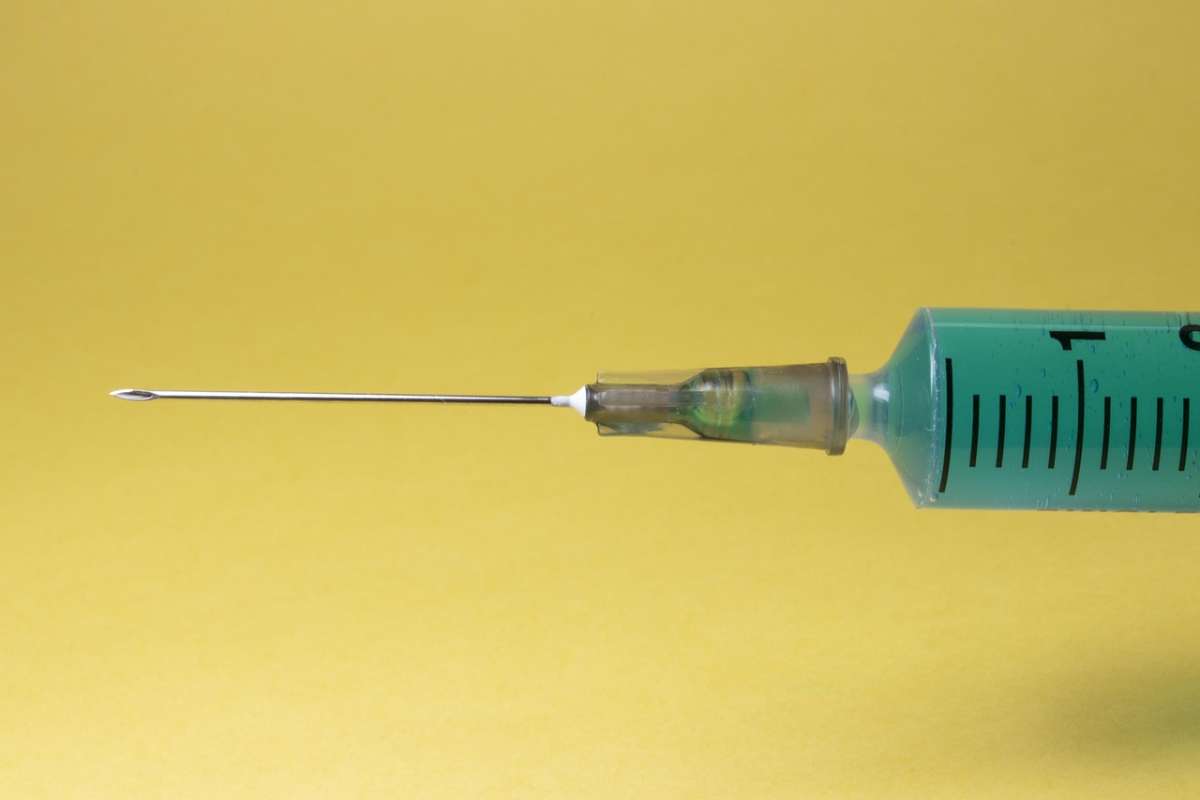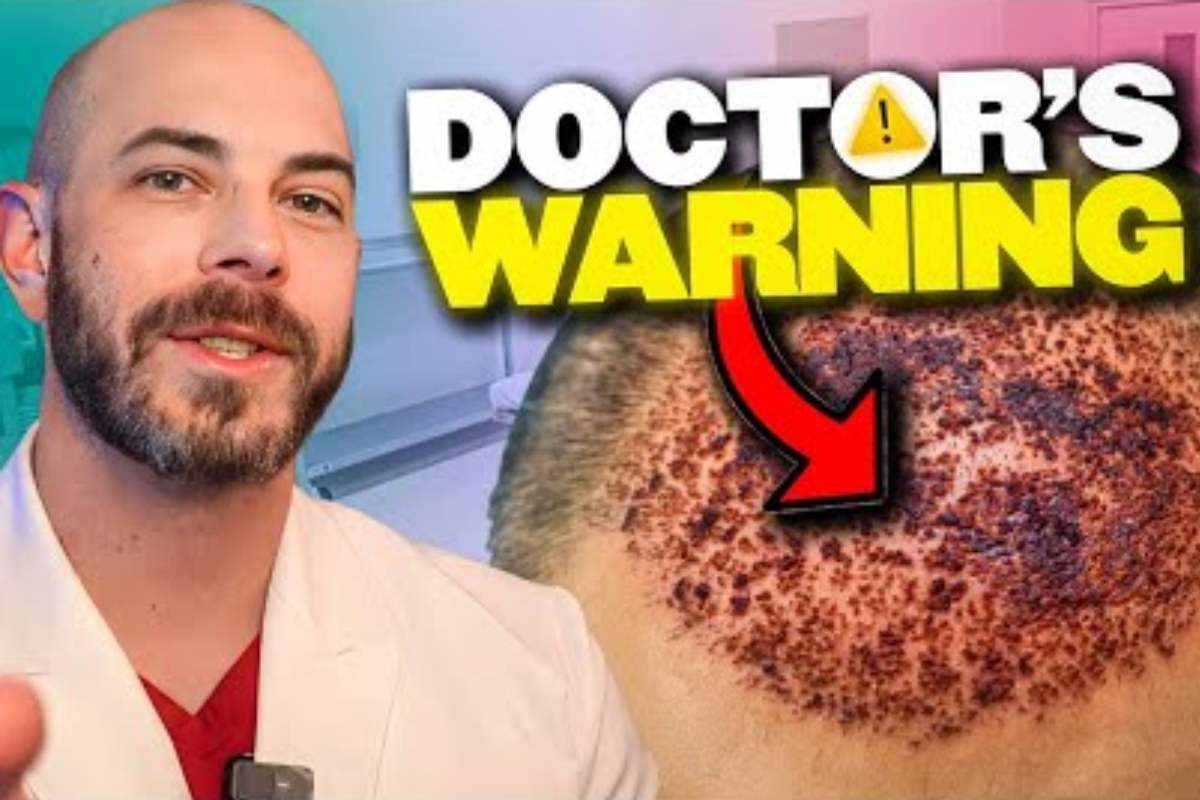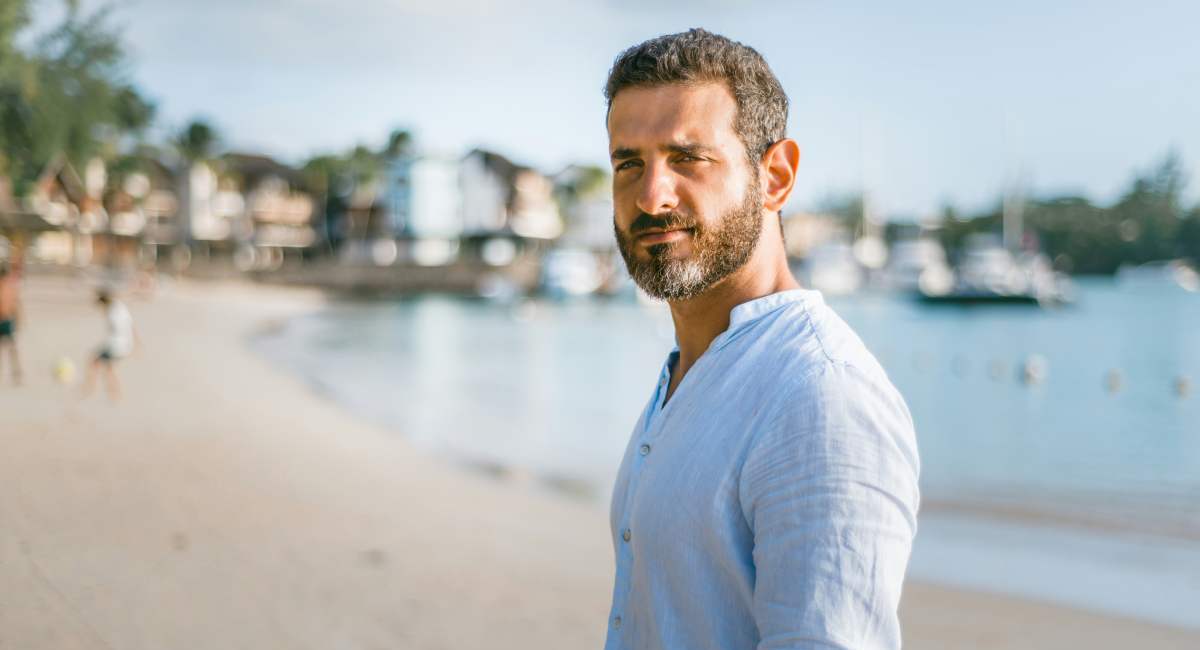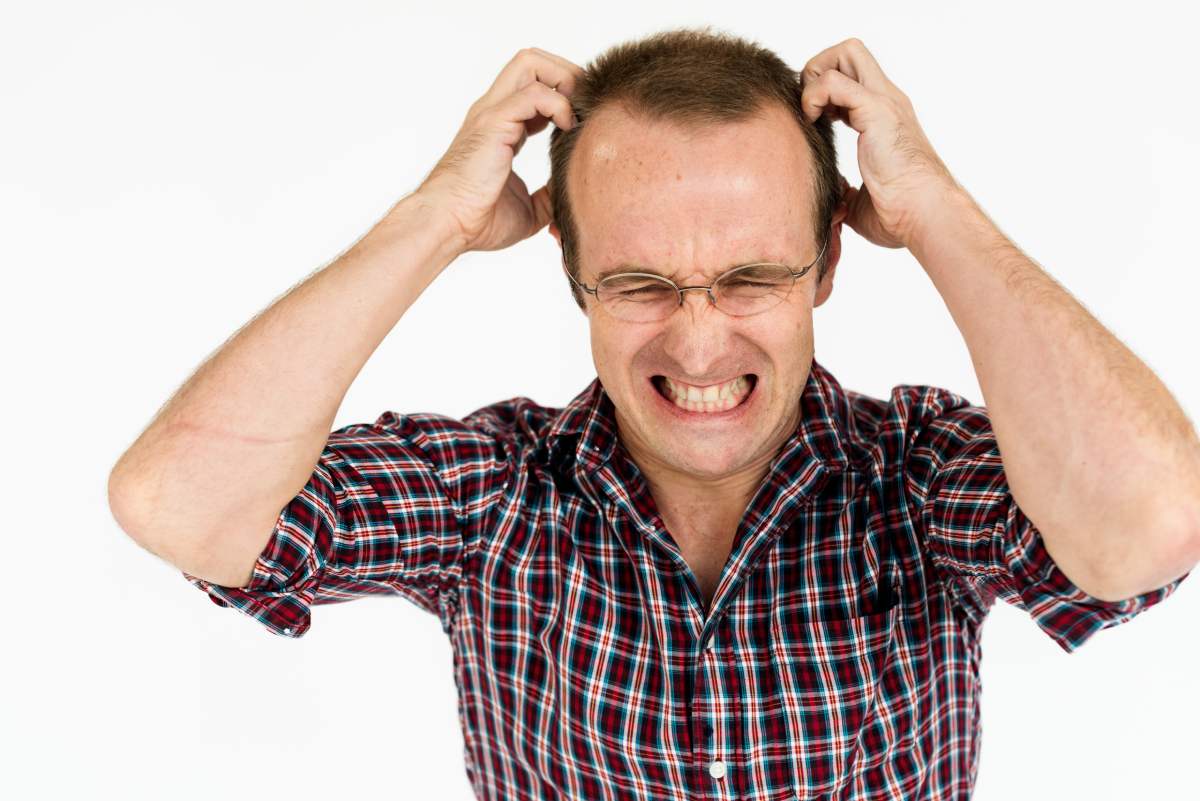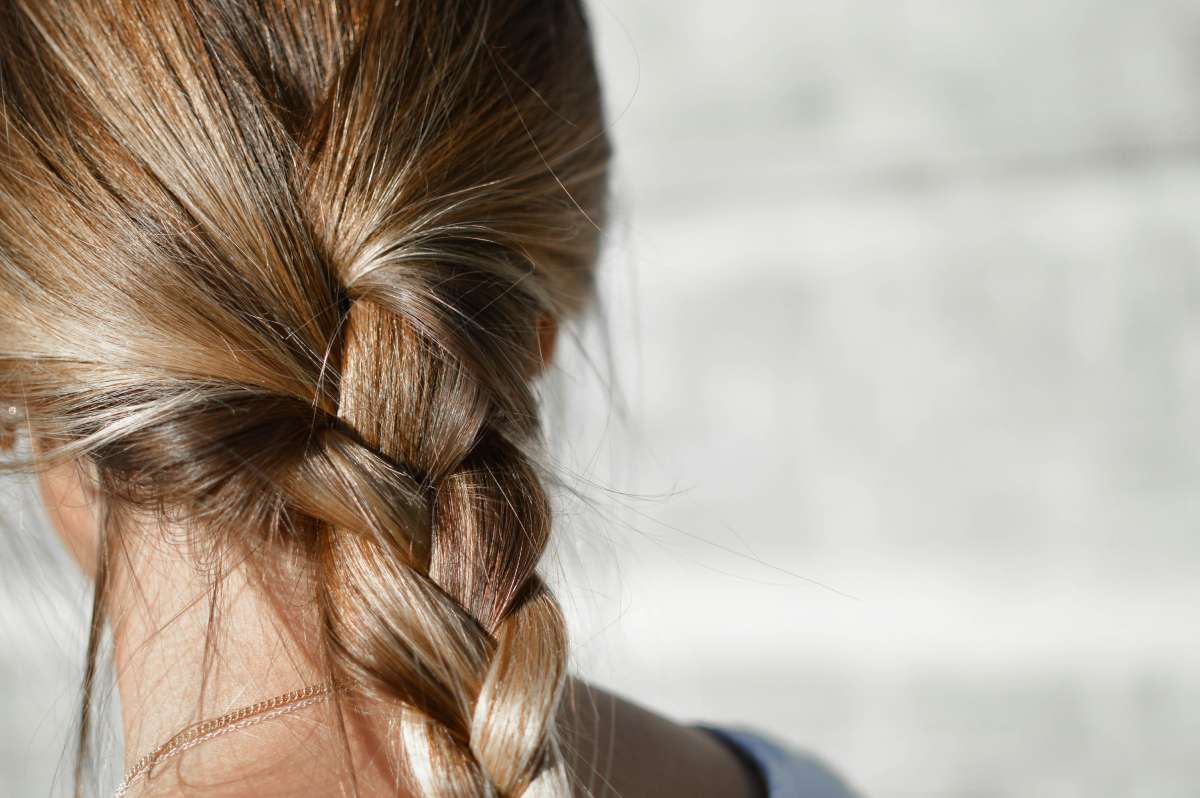Thanks to ever advancing technology in the world of hair loss, there are more non-surgical options than ever to help prevent a thinning scalp, and one of the newer ways is PRP Therapy, also known as Platelet-Rich Plasma Therapy.
You may be hesitant to get PRP for hair loss treatment since it’s a relatively new application. However, PRP has been used since the 1980’s for different types of treatments, outside of hair loss.
So, what exactly is PRP treatment when it comes to hair loss? Does it work? And what are the possible PRP hair treatment side effects?
Let’s take a look.
How Does PRP Therapy Work for Hair Loss?
PRP therapy for hair loss begins with having your own blood drawn. For the therapy to work properly, the blood must be your own, and therefore cannot be from a donor. You also must not be taking a platelet blocking medications like aspirin, ibuprophen or Plavix.
The whole blood is spun in a centrifuge to separate the red blood cells and white blood cells from the plasma, which is the liquid portion of your own blood that contains the platelets. Platelets are the part of the blood that stops bleeding by clumping or sticking together to form a clot. But they do a LOT more than that.
The plasma is further reduced to remove the “platelet-poor plasma” in order to create plasma that is concentrated with platelets “platelet-rich plasma.” Doctors may numb the injection site (if necessary), and then inject the serum (PRP) into the area of your body that is being treated, in this case the scalp.
Once the platelets are exposed to the collagen and other tissue in the skin, they become active and release growth factors that can theoretically stimulate cells in your hair follicle, which is great for inactive or miniaturized hair follicles. By stimulating the hair follicles, the hair can begin to grow stronger in those places where you have previously noticed thinning.
Does PRP Hair Treatment Work?
In a randomized controlled trial, three PRP treatments were given to patients who suffer from pattern hair loss. This study observed an increase in the number of hairs in the target area and an increase in hair density. No side effects were reported during treatment.
Based on this study, there are signs that point to PRP therapy being very helpful for those people suffering from hair loss. And while it may not be as great of a solution as a hair transplant, the therapy is non-invasive and may be more appealing to those that do not want to go through the hair transplant process or those who are not hair transplant candidates.
Potential PRP Hair Treatment Side Effects
Since PRP uses your own blood, you should not have a negative reaction to it. You’re essentially just isolating a part of your blood, which is already flowing through your body, and injecting it directly into the areas requiring therapy. There are no medications, or external elements added to the blood/plasma before it is re-injected into your body, therefore you shouldn’t see any unwanted side effects from PRP therapy other than some stinging upon injection and mild tenderness for about 24 hours following the injections.
Studies have noted that PRP has been found to have a positive effect on male and female pattern hair loss without major adverse side effects. You may experience minimal pain, pinpoint bleeding, and redness when the injections are being delivered, but these are side effects primarily of the delivery method and not the therapy itself.
Dr. Krejci notes that patients often comment on a “full” or “tight” feeling in their scalp immediately after injections. Mild tenderness, as mentioned above that can last up to about 1 day. Rarely, she finds some patients will complain of a mild headache the next day or swelling of the forehead.
Some discussion has been raised about unexpected effects of platelet derived growth factors on other tissue in the skin and the potential for tumor growth since they aren’t necessarily specific to the hair follicles. Growth factors can have activity on surrounding collagen, nerves, blood vessels and other structures but so far, any collateral activity seems to positive, and according to the information resource website for PRP in Australia no tumor potential has been found.
Rare Side Effects From PRP Hair Treatments
While the risk of PRP hair treatment side effects is very small in general, there are still the possibilities that your body could react unfavorably to the treatment.
These rare side effects can include mild allergic reactions in the form of itching and redness, injuries to the blood vessels or nerves during the injection process, scar formation at the injection site, and in the rarest of conditions, blood clots and nerve damage. Dr. Krejci has never seen any of this occur in her experience with over 1000 PRP procedures.
Remember, these side effects or reactions are extremely rare and are only discussed as it is necessary to ensure that patients are completely aware of all the possible side effects.
The popular pain medication Advil lists blistering, peeling, and loosening of the skin as rare side effects, but that doesn’t prevent people from taking it on a daily basis for pain management.
Understanding the overall side effects and risks of a procedure like this should be part of your consultation with your doctor. This is why it’s extremely important to make sure that you are working with a qualified doctor that knows how to administer these injections properly.
Who Shouldn’t Get PRP Treatment for Hair Loss
Though major side effects for patients utilizing PRP for hair loss have not been found in qualified patients, not everyone is suitable for PRP therapy. If you have a history of heavy drug or alcohol use, or a history of smoking, you should not receive PRP hair treatment. You also may not qualify for PRP treatment if you have been diagnosed with any of the following:
- Hypofibrinogenemia
- Cancer
- Sepsis
- Chronic skin disease
- Metabolic disorder
- Systemic disorder
- Hemodynamic instability
- Chronic liver disease
- Platelet dysfunction syndromes
- Acute and chronic infections
- Thrombocytopenia
The History of PRP Treatments and Therapy
PRP was first developed in the 1970’s and has since been used for years for various medical applications such as dental reconstruction, muscle and joint injuries, as well as more recently, hair loss.
Doctors have been using this technique for years to stimulate wound healing and improve the appearance of skin. You may have heard the term “vampire facial.” Vampire facials are referring to PRP therapy used on the face to help rejuvenate your skin. It’s called “vampire facial” because, as we mentioned above, PRP is derived from your own blood as a way to help treat different conditions in your body.
For many years it was only known that PRP therapy was able to help with muscle injuries, joint pain, and other injuries of that nature, but researchers have recently discovered that PRP can also help stimulate hair growth.
Evidence from various studies has supported the idea that PRP is a promising new form of hair growth treatment as well.
PRP Treatment for Hair Growth
As you can see, Platelet-Rich Plasma Therapy is a great, non-surgical, way to help promote hair growth in places that may be thinning or balding. And while it’s not a replacement for hair transplant surgery, it can help those that may not be quite ready to go the surgical route.
It can also be very beneficial when used in conjunction with a hair transplant, to ensure that the hair follicles stay stimulated and continue to support the donor areas of the scalp from which the hair was excised for the transplant procedure.
If you’re not ready for surgery yet or can’t undergo a hair transplant, PRP may be a great hair growth solution for you. If you’d like to learn more about PRP and whether it would be a good option for you, feel free to contact us today!

